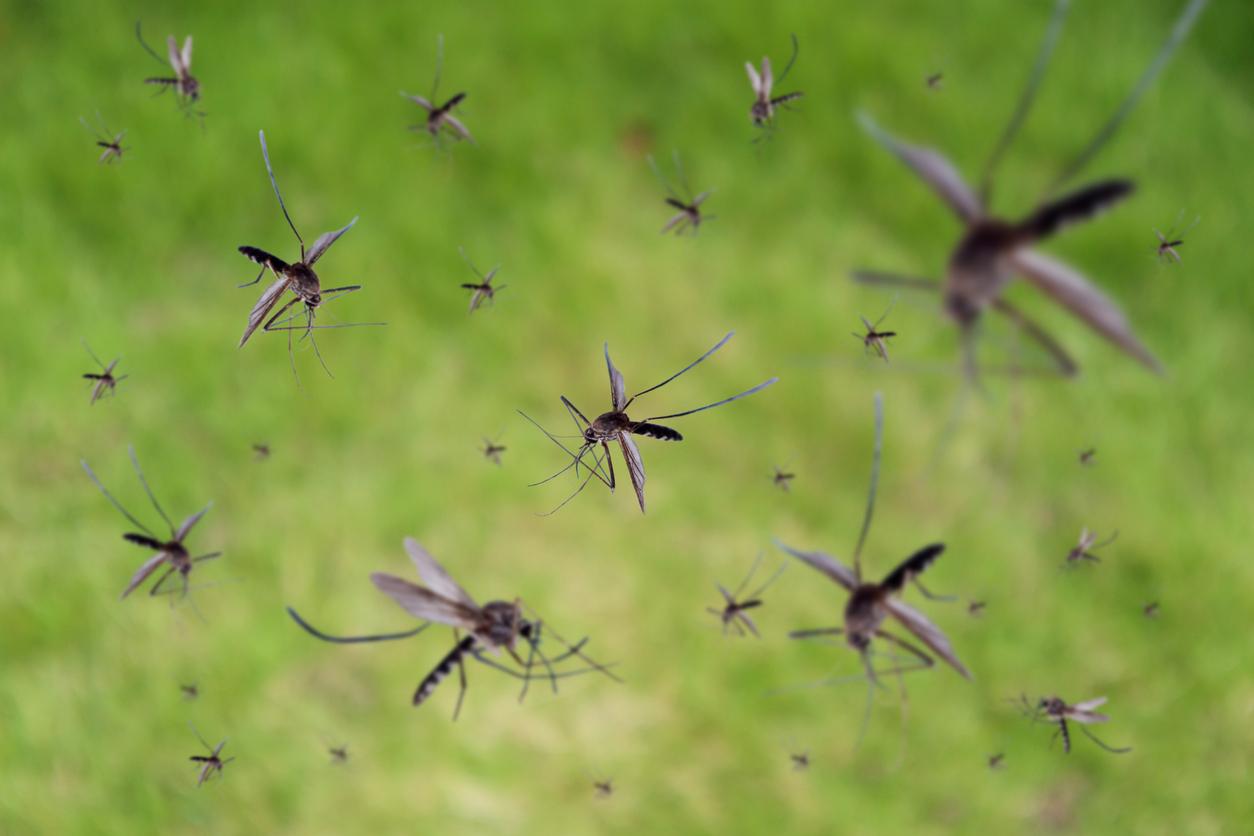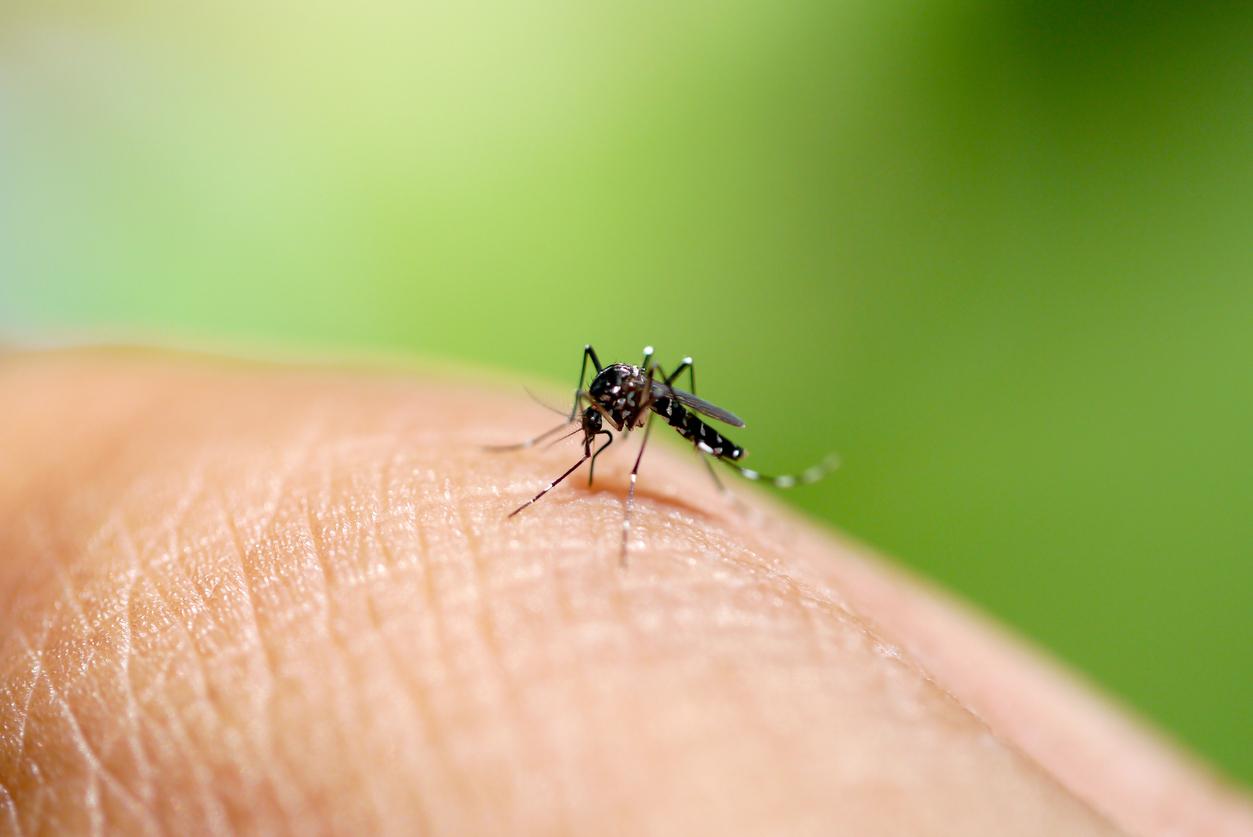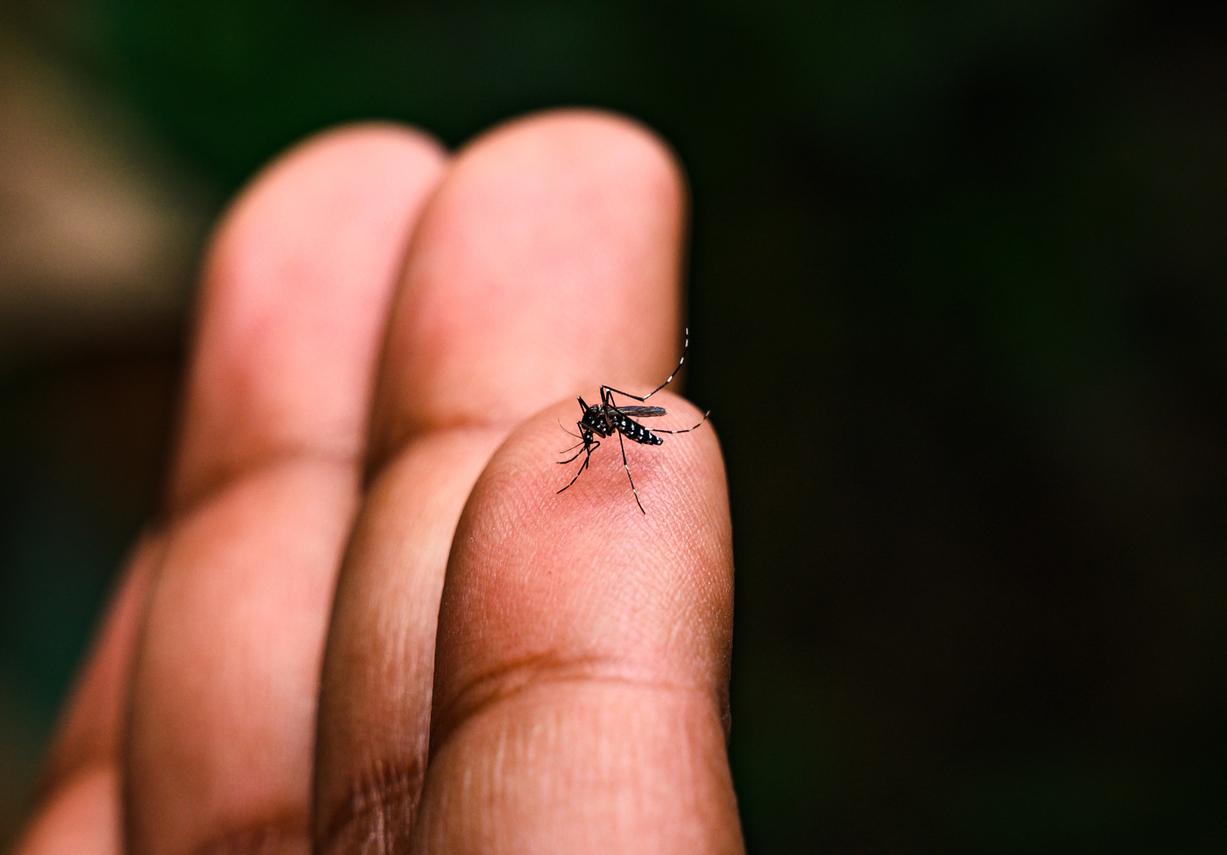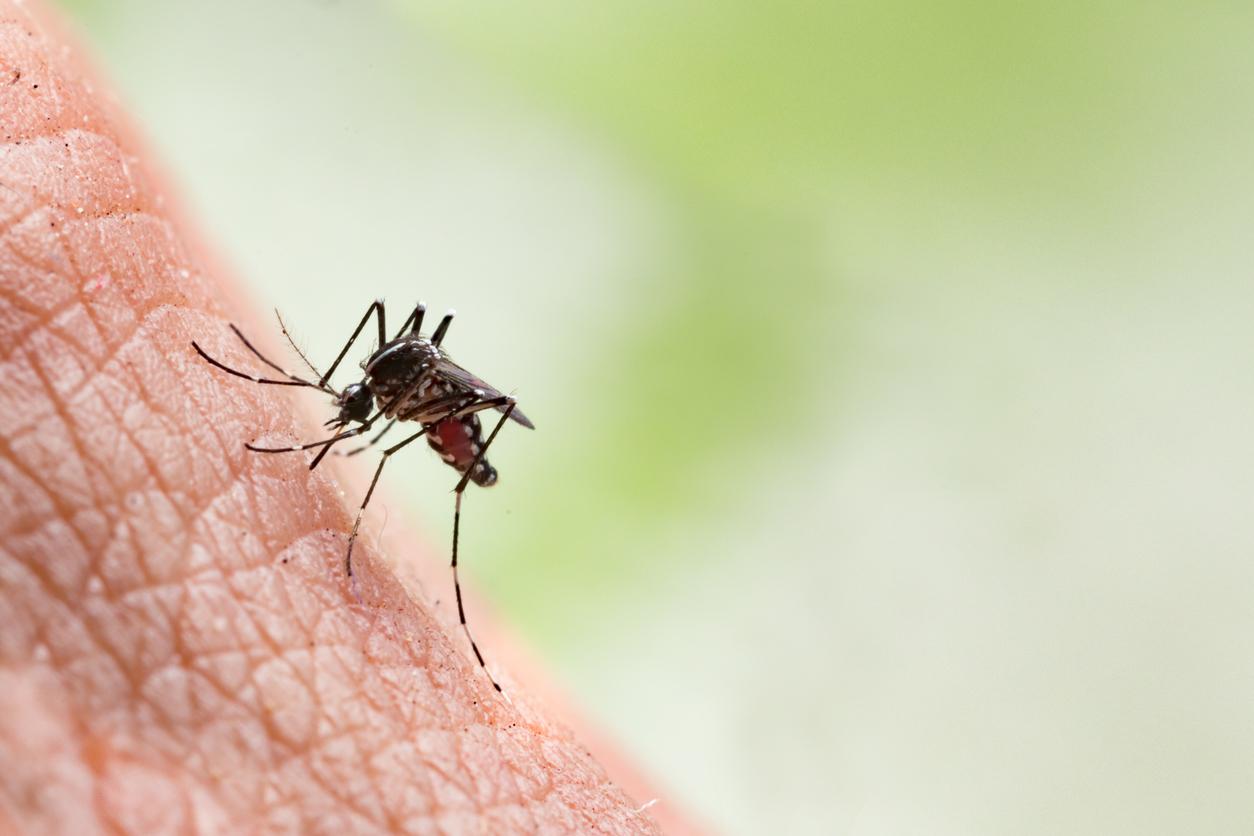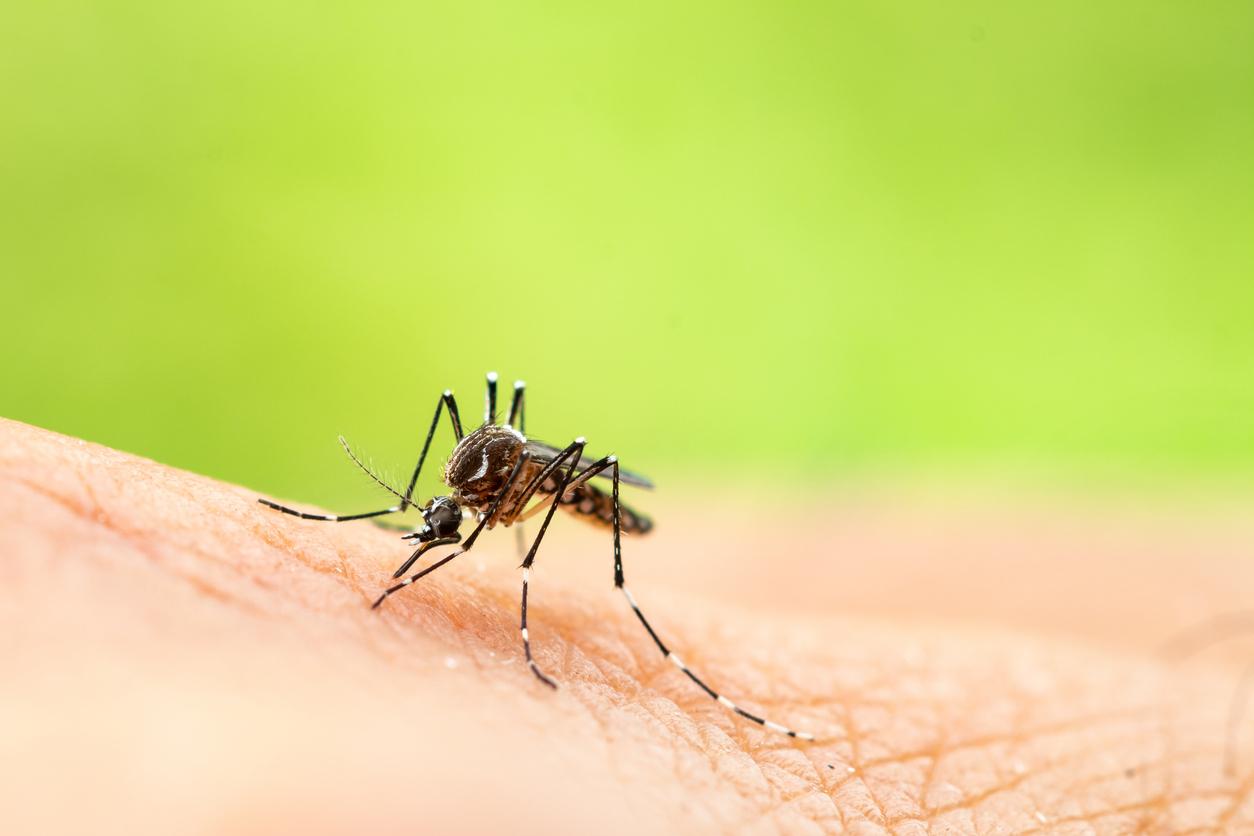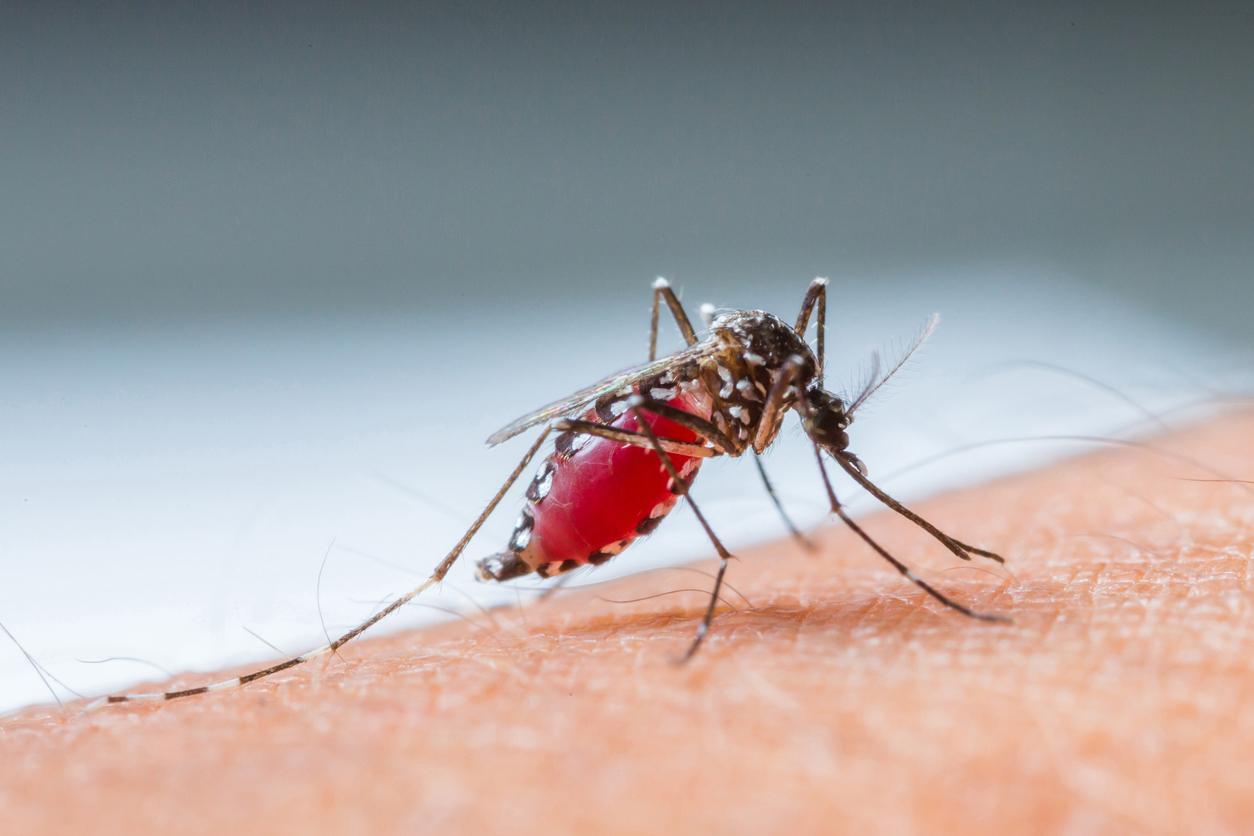Researchers from the Research Institute for Development (IRD) and the Indian Ocean Regional Health Agency have discovered in Mayotte a new mosquito potentially vector of transmission of dengue feverand chikungunya. It thrives in tree holes and cut bamboo.
“It is a species which we have good reason to think could be a vector”, explains Vincent Robert, research director at the IRD, author of the study published in Parasite, the journal of the French society of parasitology.
This mosquito belongs to the family of the famous tiger mosquito, Aedes albopictus, known to transmit chikungunya and dengue fever, and Aedes egypti, the main vector of dengue fever and yellow fever.
Unlike the tiger mosquito, the Stegomyia pia is a so-called autochthonous species which originates from the region where it was observed by the researchers, namely Mayotte. The tiger mosquito emerged in Southeast Asia, before spreading to 80 countries including the south of France.
Prevent the risk of transmission
“The discovery of this new Mahoran species makes it possible to better understand the mosquitoes to be fought, their particularities and their habits, in particular food. It could lead to better prevention of the risk of transmission of diseases”, concludes the study.
The dengue virus has recently grabbed the headlines of the scientific press. The Sanofi-Pasteur laboratory has indeed announced the marketing in 2015 of the first vaccine against this tropical disease. For now, there is no treatment for dengue fever and chikungunya.










